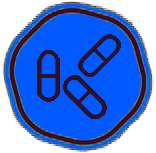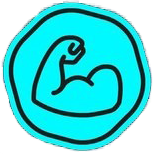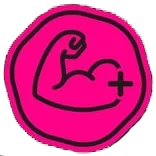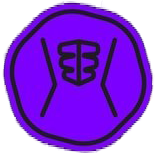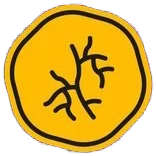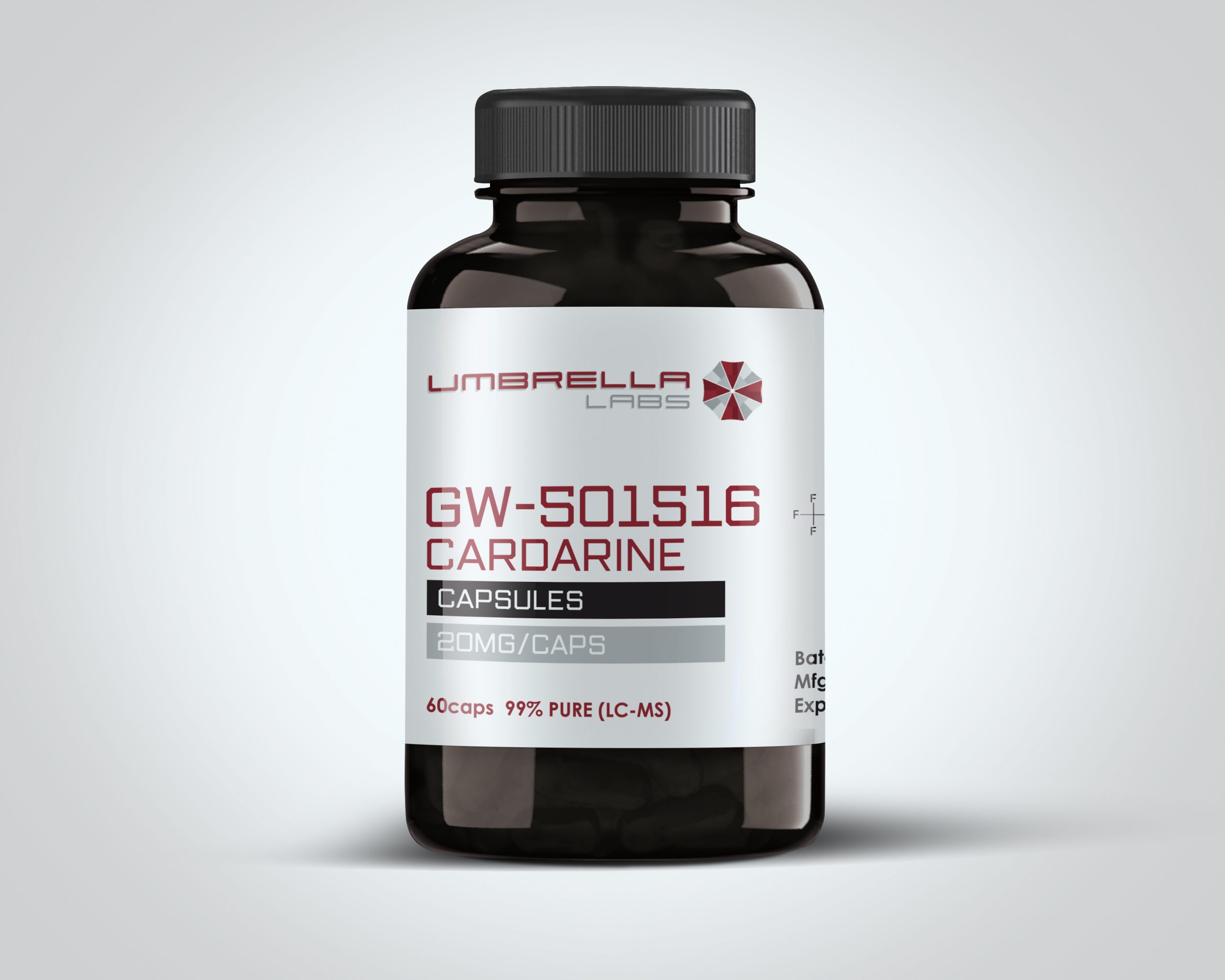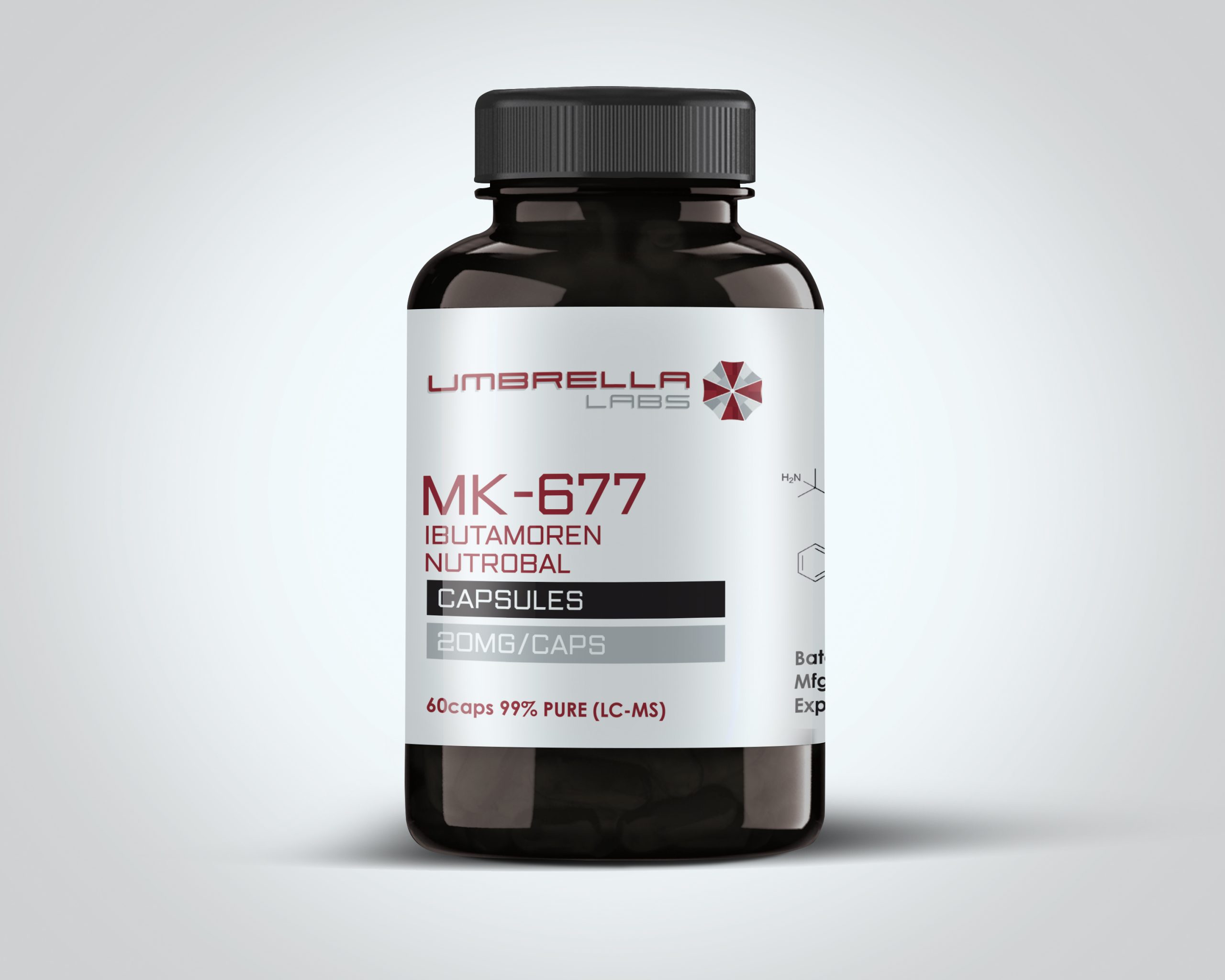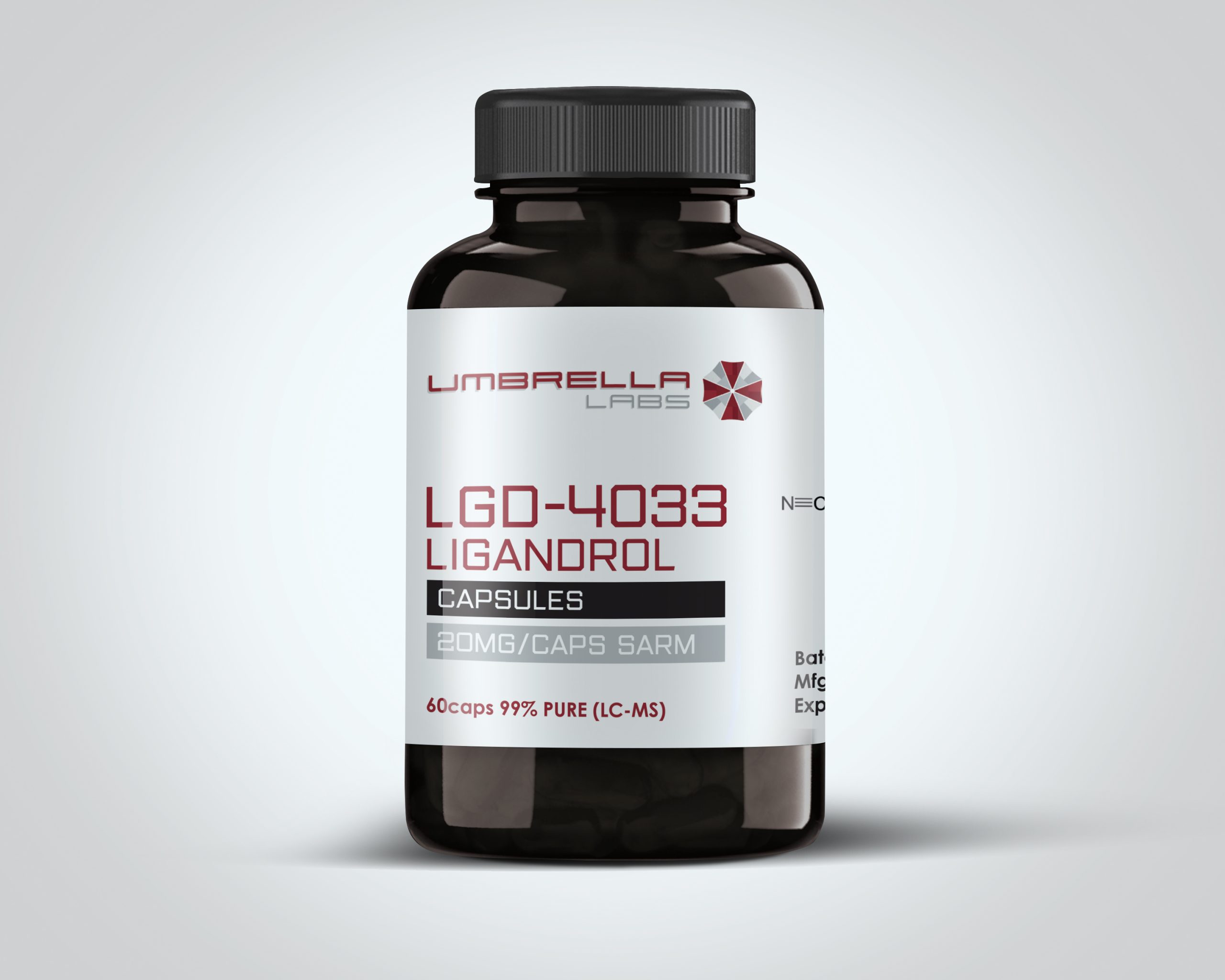What SARMs are? How exactly do they work and are they safe?
SARMS, also known as selective androgen receptor modulators - what are they?
The androgen receptor (AR) is a member of the steroid hormone family and plays an important role in tissue physiology. This receptor includes glucocorticoids, mineralocorticoid receptors, ER, PR and vitamin D3 receptor - (key points of this article).
AR ligands include circulating testosterone and local dihydrotestosterone, which bind to AR to activate it. However, there are limits to metabolism and reactivity of other receptors as to how effective use of therapeutic steroid androgens actually can be.
SARMS has been found to "select tissue receptors" to support their beneficial androgen effects without undesirable side effects.
Androgen receptors are found throughout the body - muscles, bones, prostate, secondary genitals and seminal vesicles. But when it comes to bodybuilding, the only part we really want to see the effects on is the size, mass and strength of muscles.
When any androgenic cell is stimulated with testosterone, an enzyme called 5-α-reductase is activated, which converts testosterone to dihydrotestosterone (DHT), an androgenic hormone that is 10 times more potent than testosterone. AR activation is achieved by binding of the DHT ligand to the AR binding point, which then causes conformational changes and phosphorylation and final binding to the androgen responsive element (ARE). ARE then modulates the transcription of androgen responsive genes. If testosterone is too high, an enzyme called aromatase converts testosterone to estrogen, which then in the cell acts as estrogen. A small amount occurs naturally, as estrogen is as needed in the male body as testosterone. But too much estrogen causes the probability of side effects to increase.
Under normal circumstances, the body carefully regulates androgen production through feedback mechanisms to prevent imbalances. The use of any form of anabolic steroid, SARM or estrogen modulator disrupts this natural mechanism, in both a good or bad sense, depending on the situation
The main androgen modulators used by athletes are in the form of "anabolic steroids". They are known to increase mass, growth and strength of muscles.
It should be noted that testosterone is not classified as an anabolic steroid - it is a naturally occurring hormone in the body. Side effects are a problem with use of anabolics (depending on the type used), but if someone trains hard, the use of anabolic steroids is highly effective. This is why SARMS were discovered, in order to achieve the positive effects of anabolic steroids without their negative effects.
SARMs are not liver-toxic and have little effect on blood pressure. This eliminates the need for preloading and auxiliary supplements during the cycle. Consequently, the SARM cycle will eventually be cheaper than the traditional AAS/PH (steroid/prohormone) cycle. Estrogen and water retention-related problems are also significantly less likely to occur.
How do SARMs work?
SARMs target the androgen receptors in the body to exert their effects where we want them - especially in the muscles, but they also increase bone density. When SARM binds to the androgen receptor, it tells the body to produce more testosterone, which can help achieve the results we strive for in endurance and performance sports, such as increasing muscle mass, strength and regeneration.
Are SARMs safe?
Most SARMS developed so far seek to overcome the potential, aromatizing effects of steroid androgens. This has been accomplished by searching for tissue-selective AR androgens that could potentially activate AR in specific tissues while conserving others.
Currently developed SARMS are non-steroidal, which means that they are not sensitive to the enzymatic metabolism of target tissues. Remember that there were certain enzymes that converted DHT to metabolites or synthesized testosterone from the androstenedione precursor, SARMS are not affected by these enzymes. This means that SARMS does not convert or break down into different molecules that cause side effects such as DHT and estrogen.
The ratio of anabolic-androgenic steroids is 1: 1. This means that when you build muscle mass, you get the same effect as you can get from steroids, for example. SARMS are more selective in strengthening and focus only on muscle tissue that is stimulated by training.
SARMS are a group of synthetic drugs that mimic the effects of testosterone on muscles and bones with minimal impact on other organs and reduced side effects compared to anabolic agents. So the theory is that you can have the benefits of steroids without their side effects.

